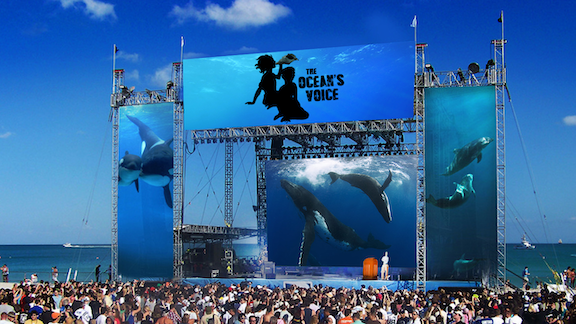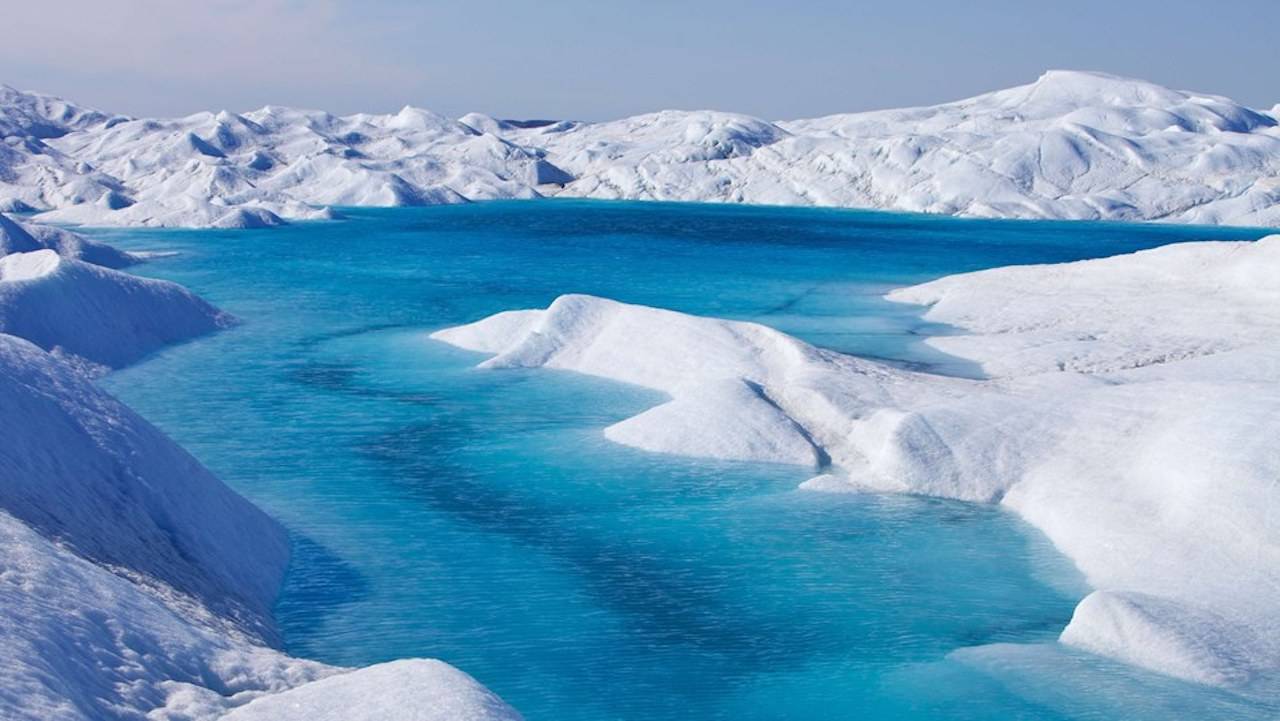
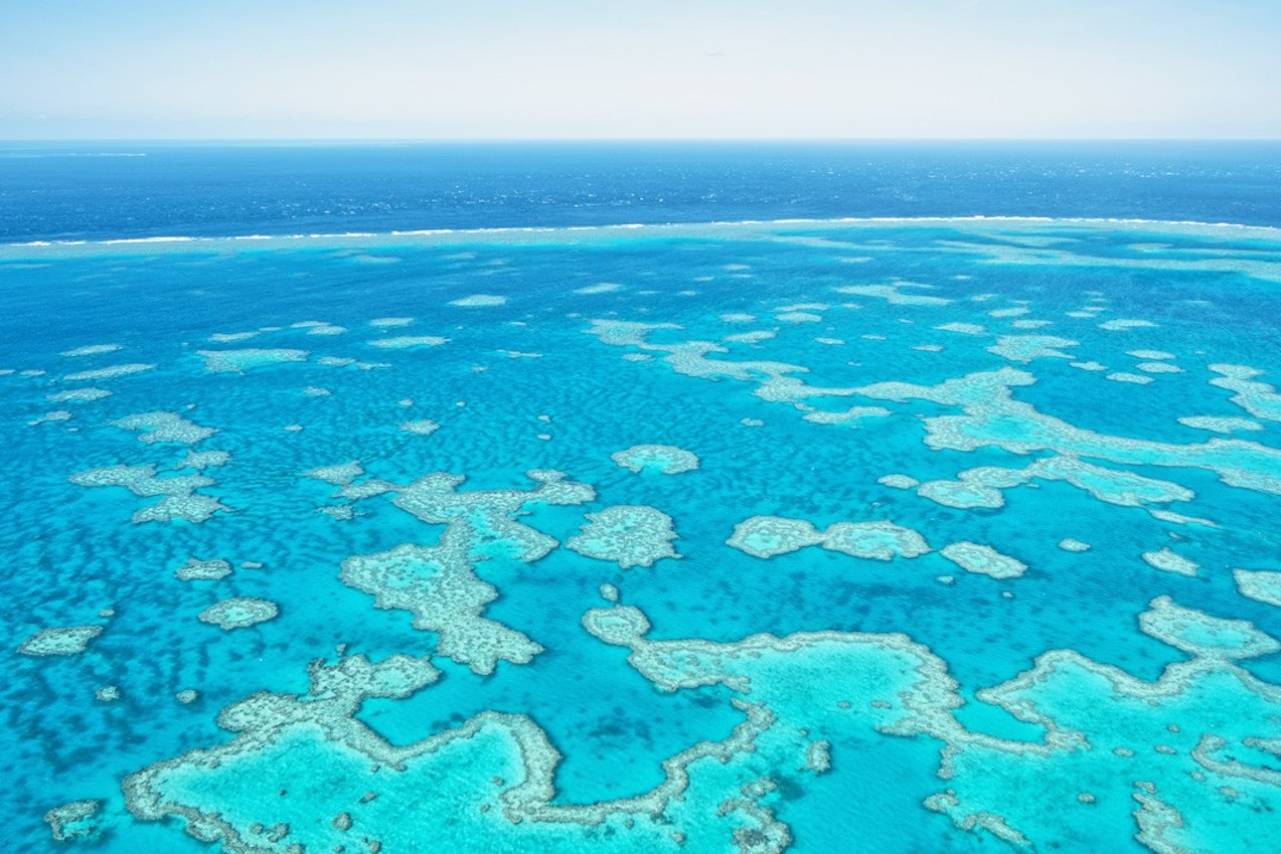
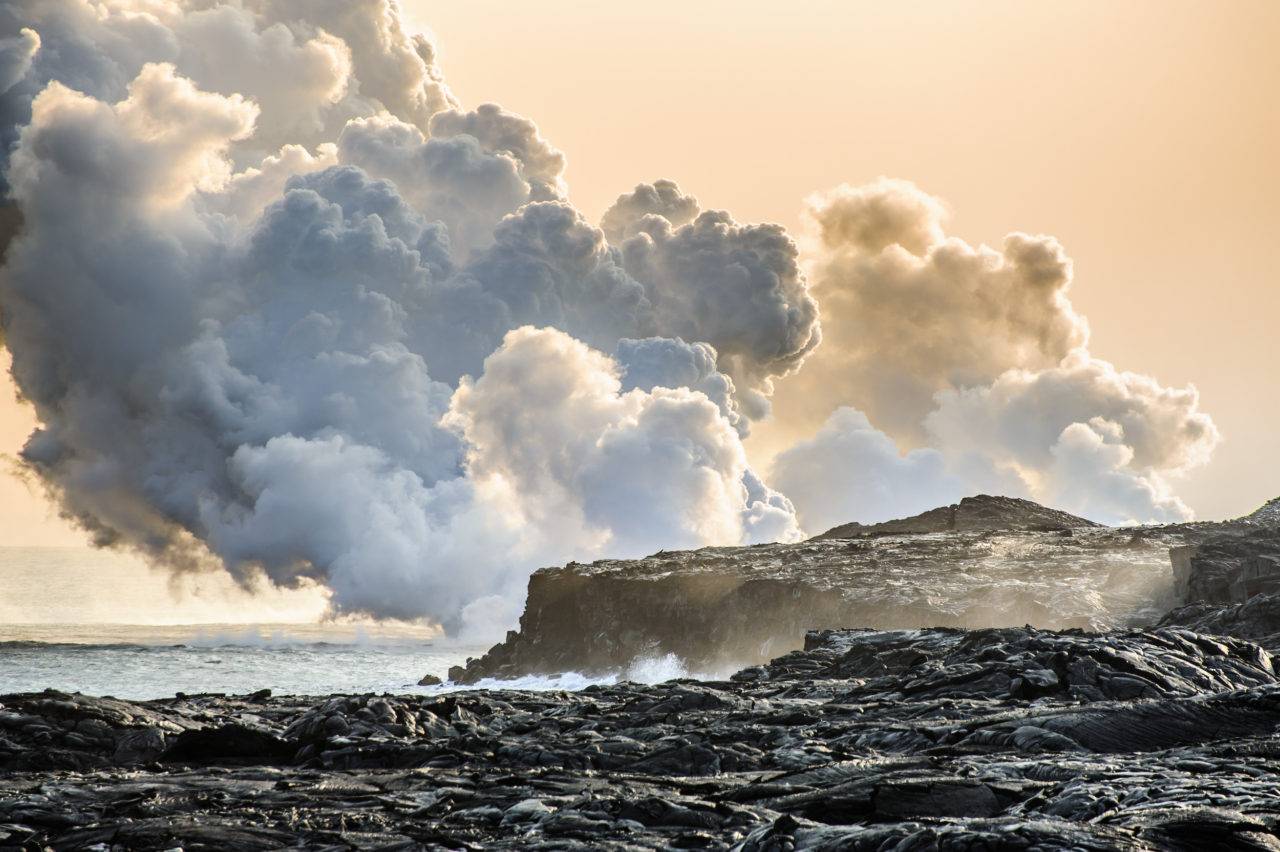
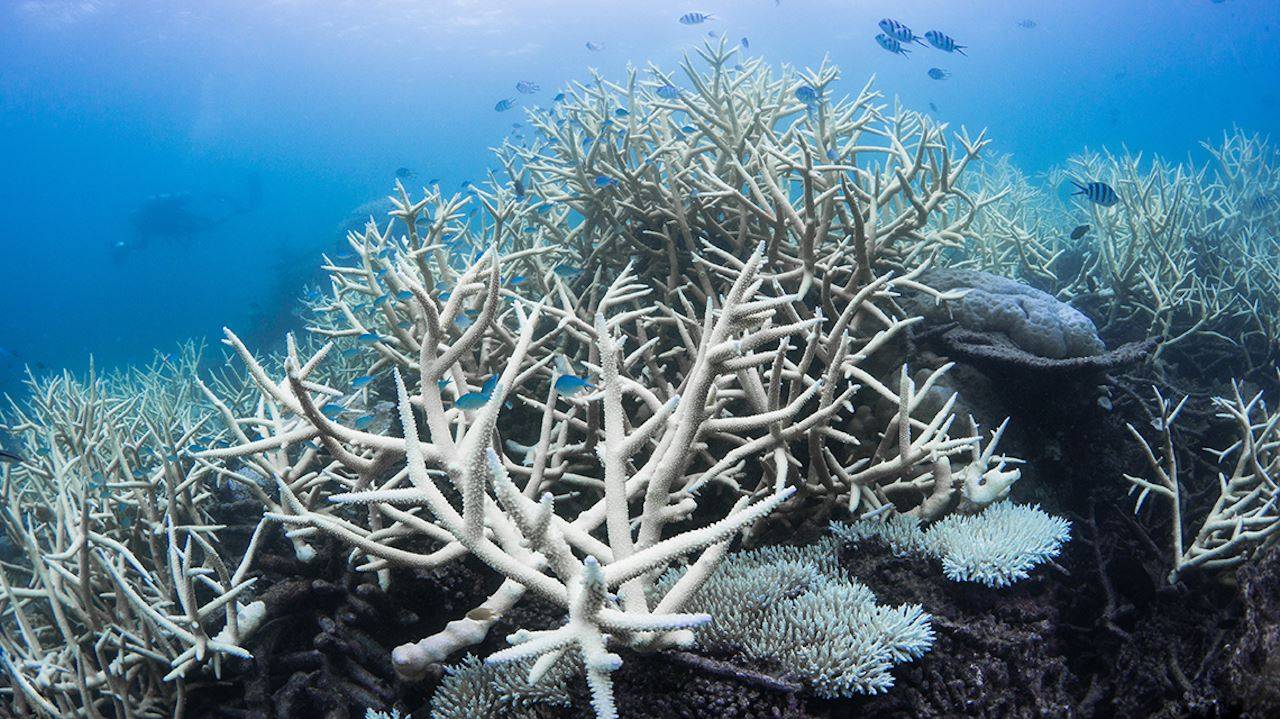
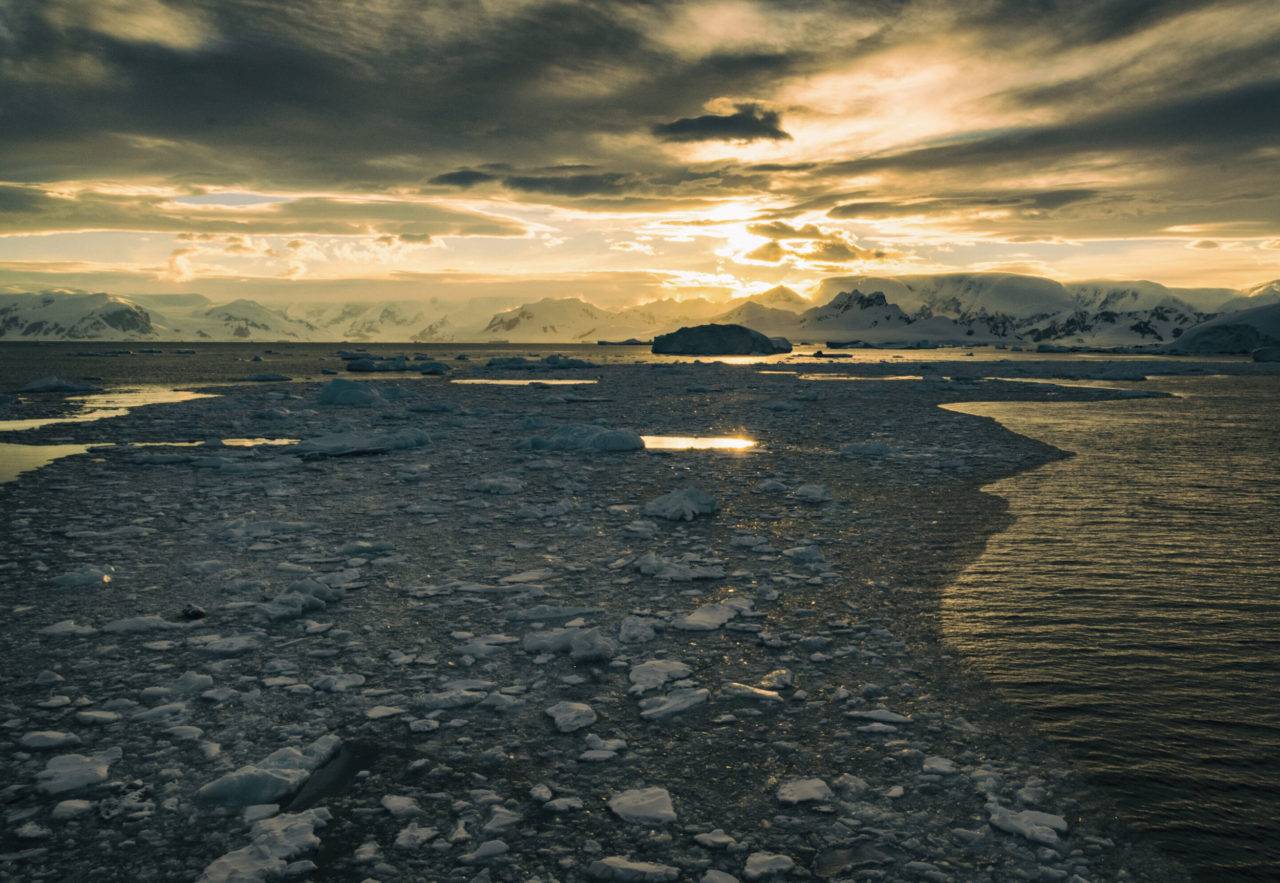
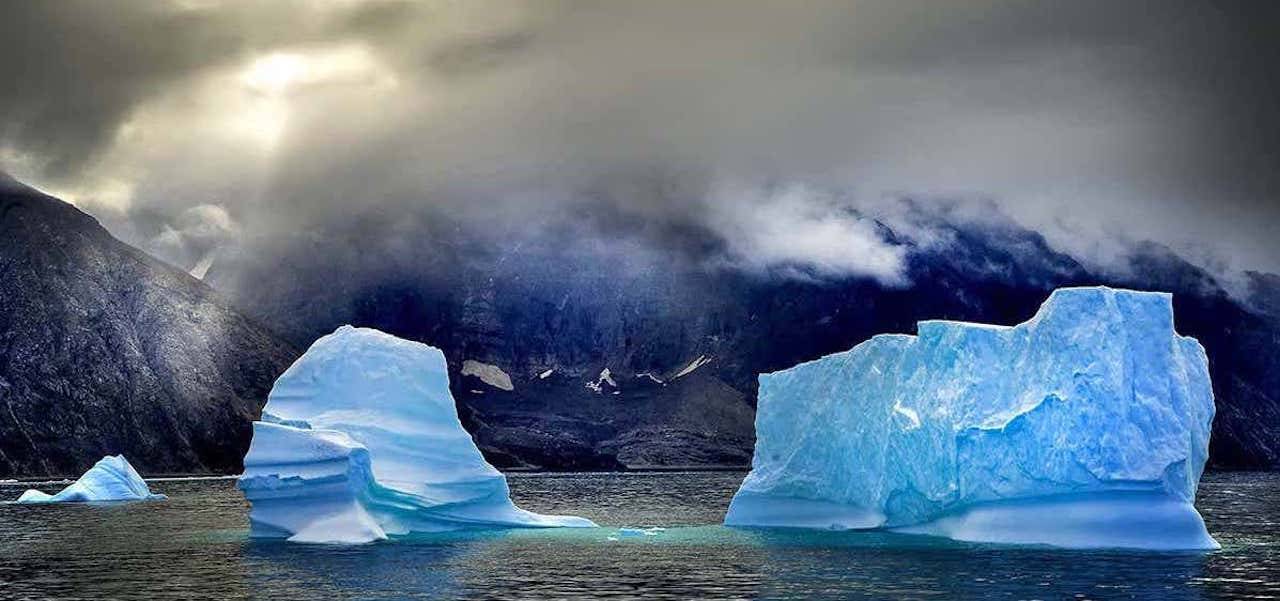

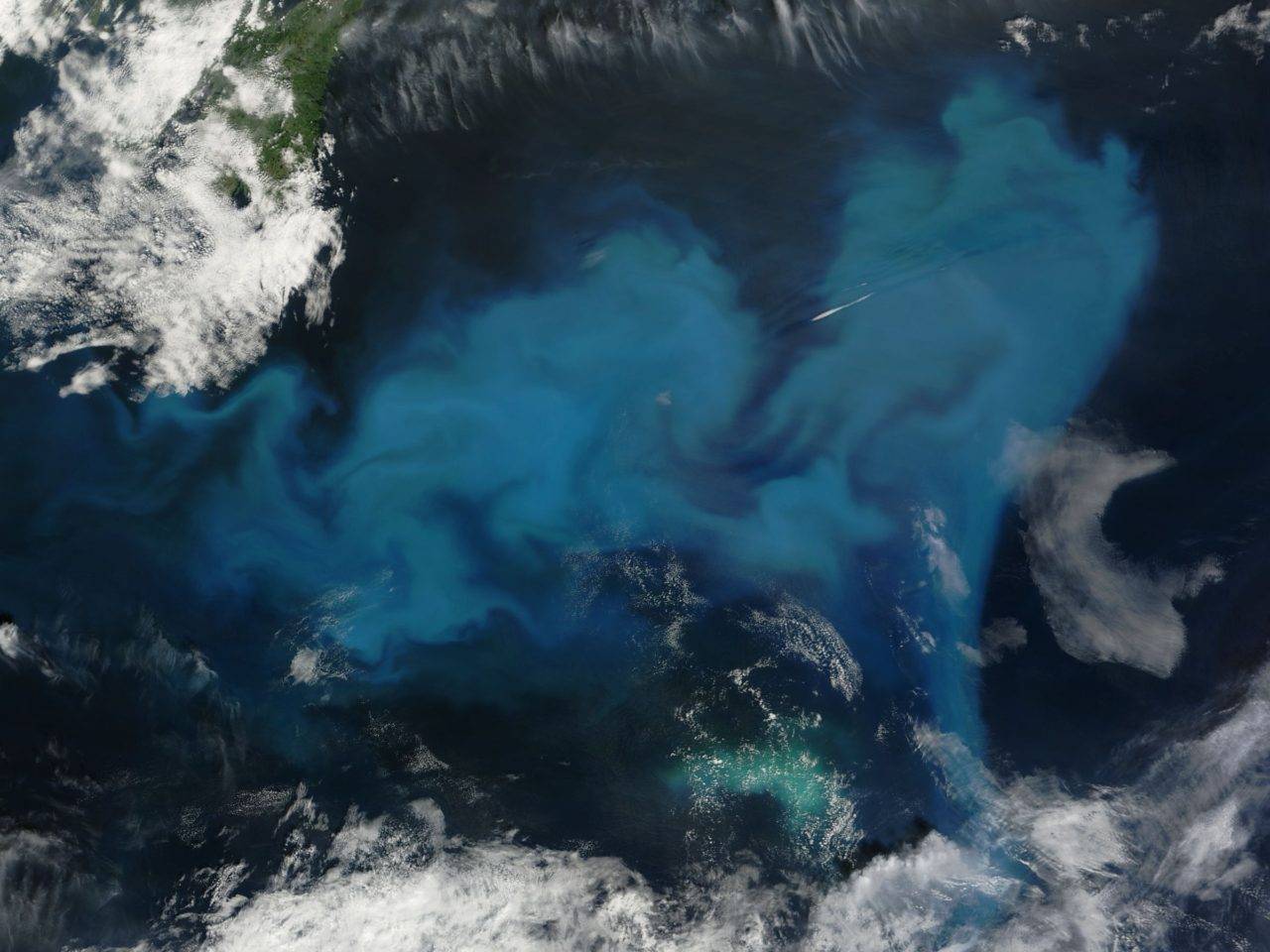
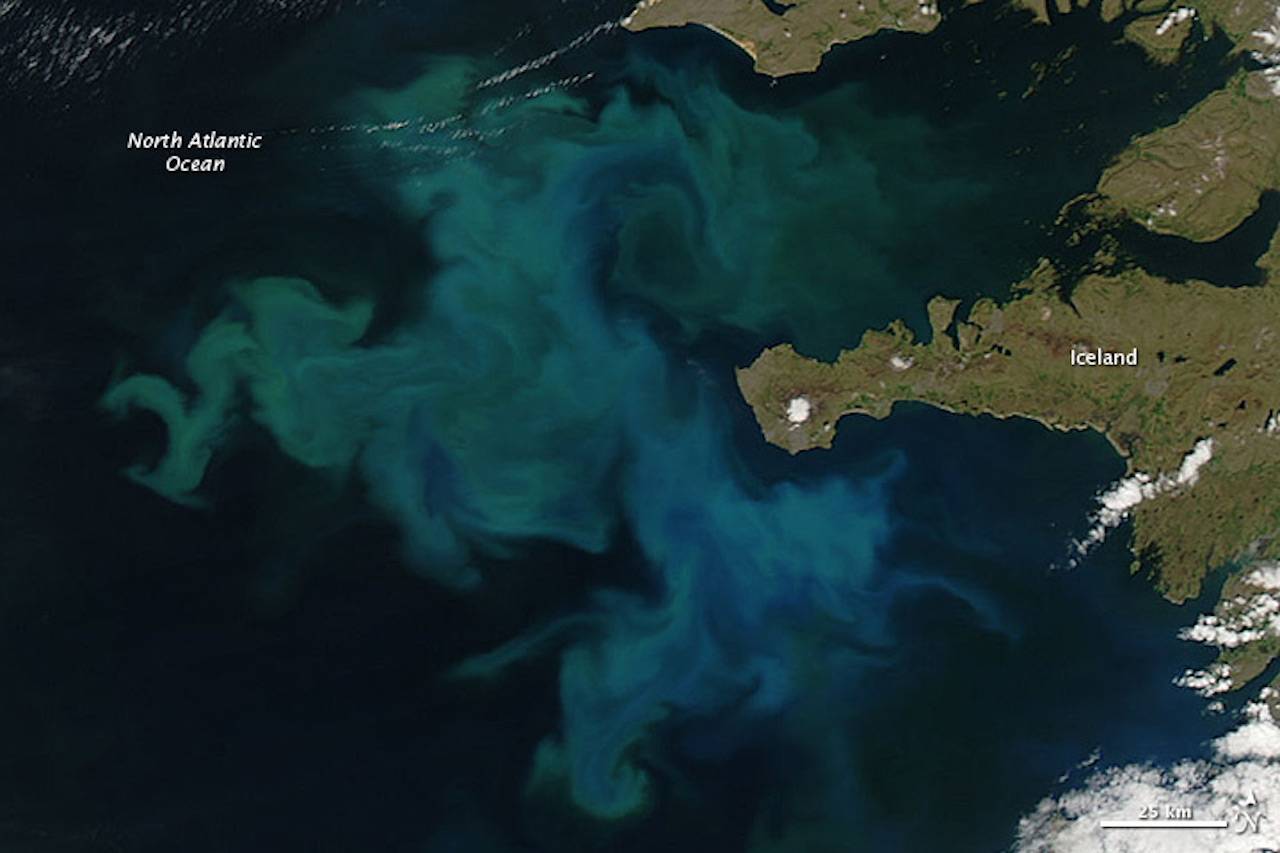
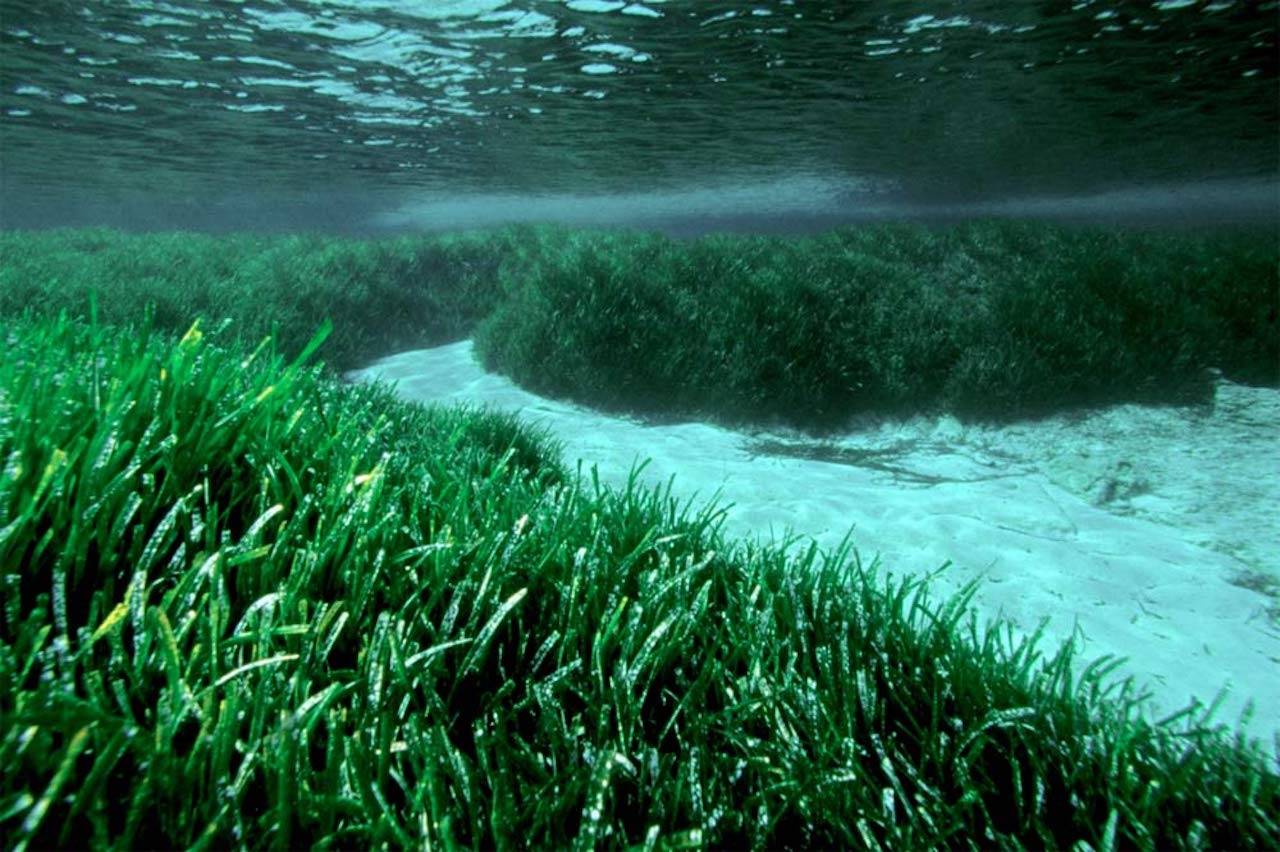
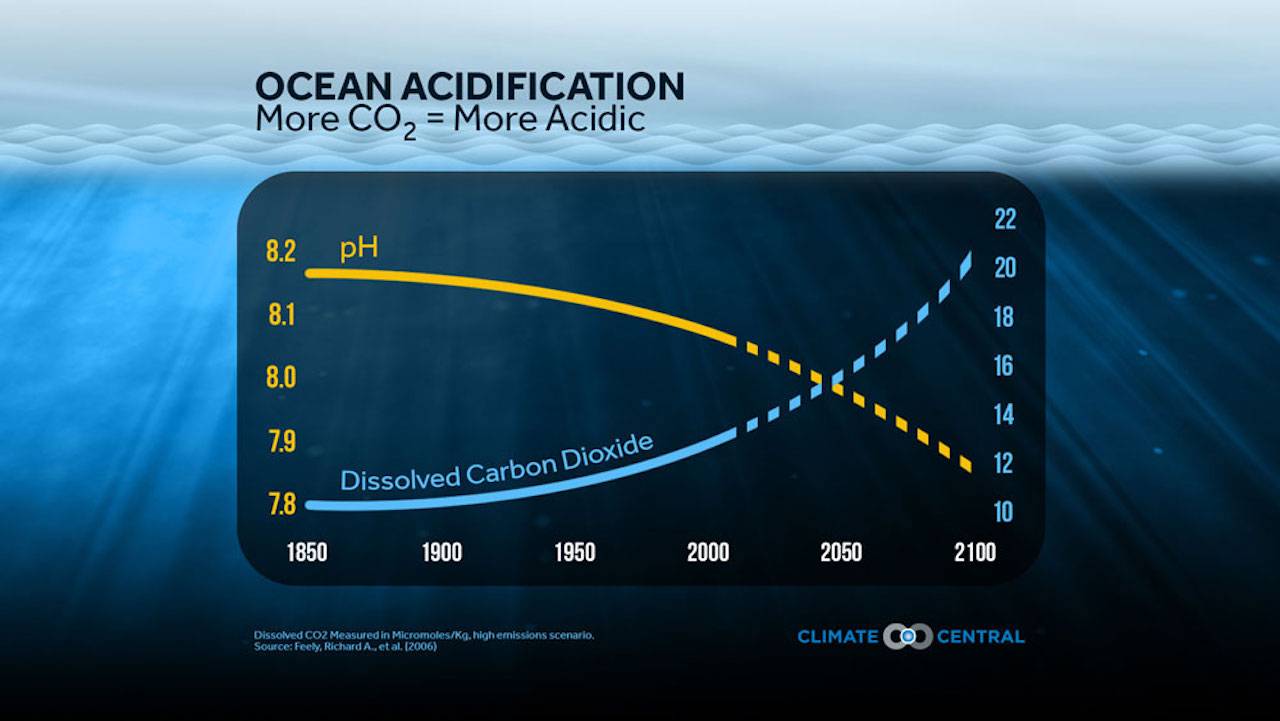
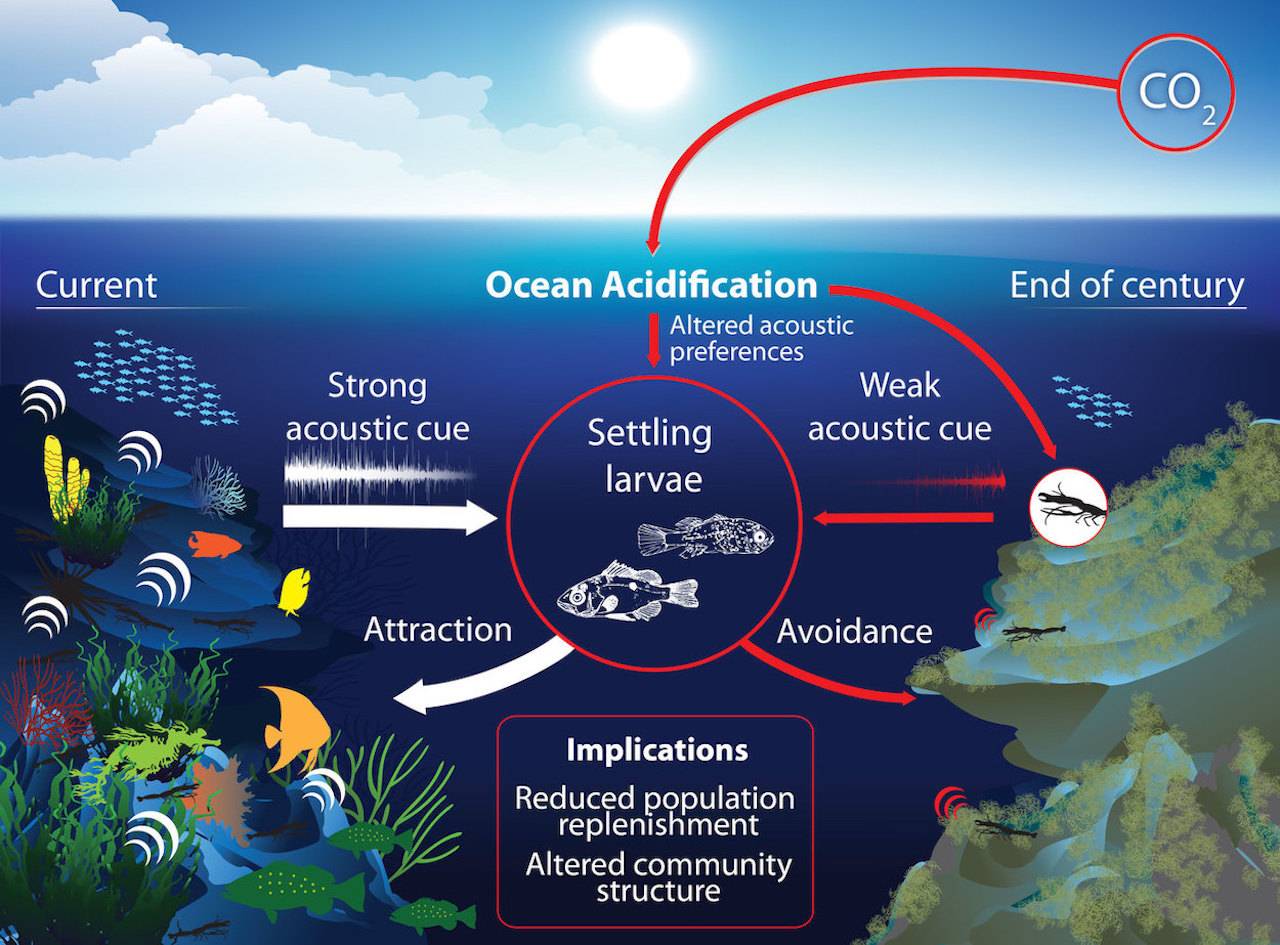
“Mankind has probably done more damage to the Earth in the 20th century than in all of previous human history.”
― Jacques Yves Cousteau
“Mankind has probably done more damage to the Earth in the 20th century than in all of previous human history.”
― Jacques Yves Cousteau
“Mankind has probably done more damage to the Earth in the 20th century than in all of previous human history.”
― Jacques Yves Cousteau
Lorem ipsum dolor sit amet, consectetur adipiscing elit, sed do eiusmod tempor incididunt ut labore et dolore magna aliqua. Ut enim ad minim veniam, quis nostrud exercitation ullamco laboris nisi ut aliquip ex ea commodo consequat.
Climate change is causing the unprecedented warming and acidification of Earth's oceans.
Climate change is causing the unprecedented warming and acidification of Earth's oceans.
Climate change is causing the unprecedented warming and acidification of Earth's oceans.
The ocean is becoming more acidic as its water absorbs carbon dioxide from the atmosphere.
The ocean is becoming more acidic as its water absorbs carbon dioxide from the atmosphere.
The ocean is becoming more acidic as its water absorbs carbon dioxide from the atmosphere.
Ocean acidification is a chemical process caused by elevated carbon dioxide concentrations in the atmosphere and has the potential to devastate sensitive marine ecosystems.
Ocean acidification is a chemical process caused by elevated carbon dioxide concentrations in the atmosphere and has the potential to devastate sensitive marine ecosystems.
Ocean acidification is a chemical process caused by elevated carbon dioxide concentrations in the atmosphere and has the potential to devastate sensitive marine ecosystems.
The ocean, 96.5 percent of water on Earth and covering 71 percent of the surface of our planet, has taken the burden of elevated carbon dioxide emissions to its detriment.
The ocean, 96.5 percent of water on Earth and covering 71 percent of the surface of our planet, has taken the burden of elevated carbon dioxide emissions to its detriment.
The ocean, 96.5 percent of water on Earth and covering 71 percent of the surface of our planet, has taken the burden of elevated carbon dioxide emissions to its detriment.
Oceans have swallowed up more than 90 percent of the climate’s excess heat, and as a result have been warming up.
Oceans have swallowed up more than 90 percent of the climate’s excess heat, and as a result have been warming up.
Oceans have swallowed up more than 90 percent of the climate’s excess heat, and as a result have been warming up.
Today, carbon dioxide (CO2) levels in our atmosphere are the highest they've been in 15 million years. It's the cumulative impact of an ever-expanding population―7.8 billion people and rising―and an ever-increasing thirst for energy, requiring 24/7 electricity, factories, cars, trucks, planes and more.
Today, carbon dioxide (CO2) levels in our atmosphere are the highest they've been in 15 million years. It's the cumulative impact of an ever-expanding population―7.8 billion people and rising―and an ever-increasing thirst for energy, requiring 24/7 electricity, factories, cars, trucks, planes and more.
Today, carbon dioxide (CO2) levels in our atmosphere are the highest they've been in 15 million years. It's the cumulative impact of an ever-expanding population―7.8 billion people and rising―and an ever-increasing thirst for energy, requiring 24/7 electricity, factories, cars, trucks, planes and more.
There will be a notable difference in color of 50 percent of the ocean by the end of the 21st century. Phytoplankton blooms will become common in the water around the Earth’s poles, suggesting that these regions could have an emerald tone in the coming decades
There will be a notable difference in color of 50 percent of the ocean by the end of the 21st century. Phytoplankton blooms will become common in the water around the Earth’s poles, suggesting that these regions could have an emerald tone in the coming decades
There will be a notable difference in color of 50 percent of the ocean by the end of the 21st century. Phytoplankton blooms will become common in the water around the Earth’s poles, suggesting that these regions could have an emerald tone in the coming decades
Experts say monitoring the colour of the ocean could provide valuable information about the effects of climate change on phytoplankton because these organisms not only form the basis of aquatic food webs, but their photosynthetic processes produce half of the world’s oxygen.
Experts say monitoring the colour of the ocean could provide valuable information about the effects of climate change on phytoplankton because these organisms not only form the basis of aquatic food webs, but their photosynthetic processes produce half of the world’s oxygen and retain approximately 10 gigantons of carbon deep in the ocean.
Experts say monitoring the colour of the ocean could provide valuable information about the effects of climate change on phytoplankton because these organisms not only form the basis of aquatic food webs, but their photosynthetic processes produce half of the world’s oxygen and retain approximately 10 gigantons of carbon deep in the ocean.
Algae and seagrasses may benefit from higher CO2 conditions in the ocean, as they require CO2 for photosynthesis just like plants on land. There are ongoing studies examining if growing seaweed can help slow ocean acidification.
Algae and seagrasses may benefit from higher CO2 conditions in the ocean, as they require CO2 for photosynthesis just like plants on land. There are ongoing studies examining if growing seaweed can help slow ocean acidification.
Algae and seagrasses may benefit from higher CO2 conditions in the ocean, as they require CO2 for photosynthesis just like plants on land. There are ongoing studies examining if growing seaweed can help slow ocean acidification.

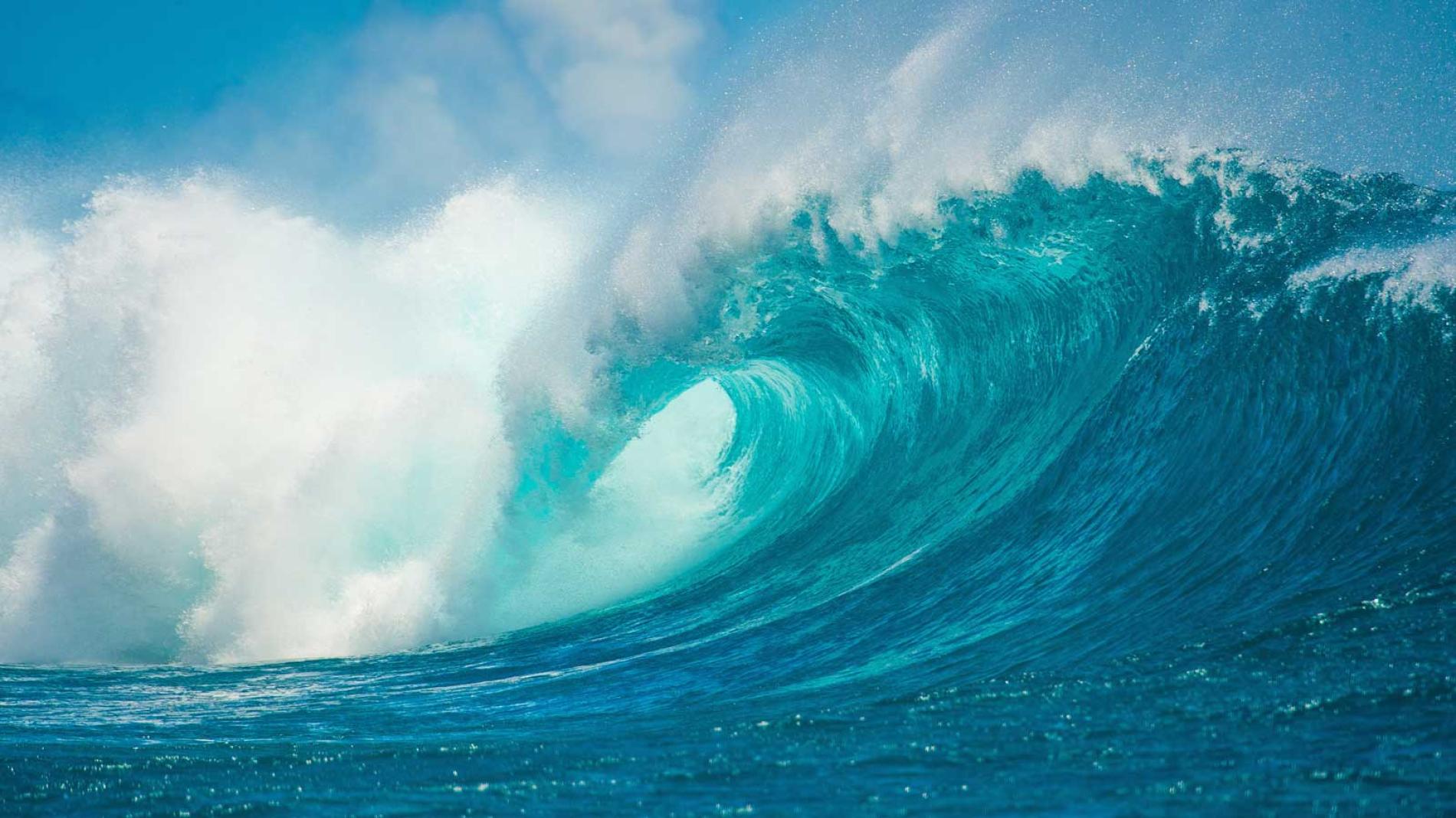
About Us
The Ocean’s Voice supports the campaign for ocean and marine life conservation.
Our Mission
To bring people together through education, music and art for ocean stewardship.

One of the great threats facing marine mammals is acoustic pollution which impedes their ability to find food and communicate with each other.
Speaker Events
We’ve created an exciting platform using visual media, guest speakers and music to promote ocean awareness! Our Save the Date coincides with International Coastal Cleanup Day, the 3rd weekend in September every year, inspiring communities all over the world to take action!
